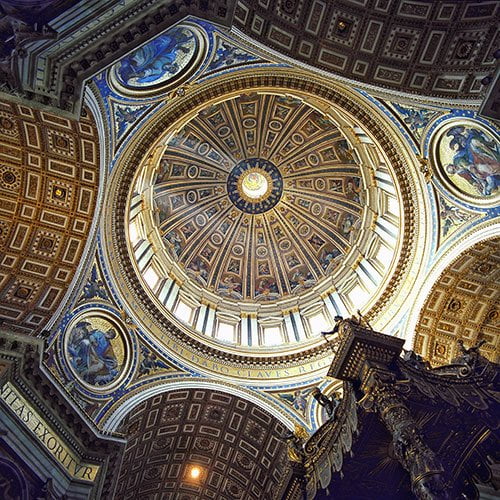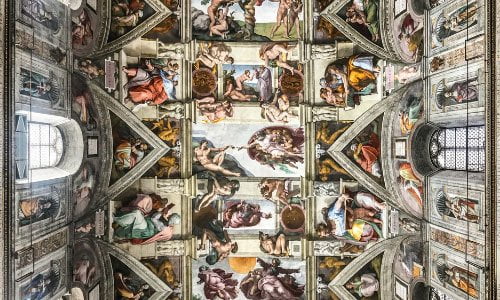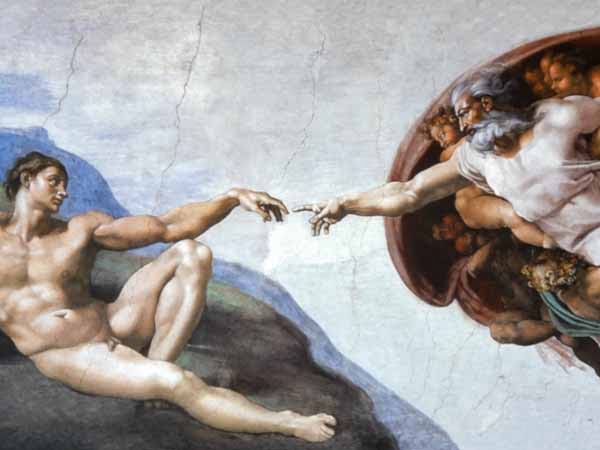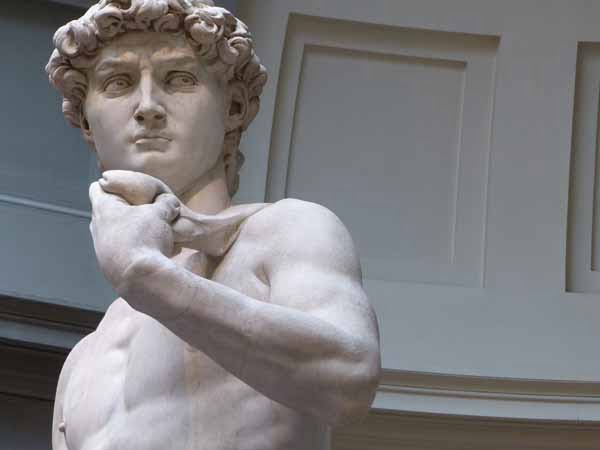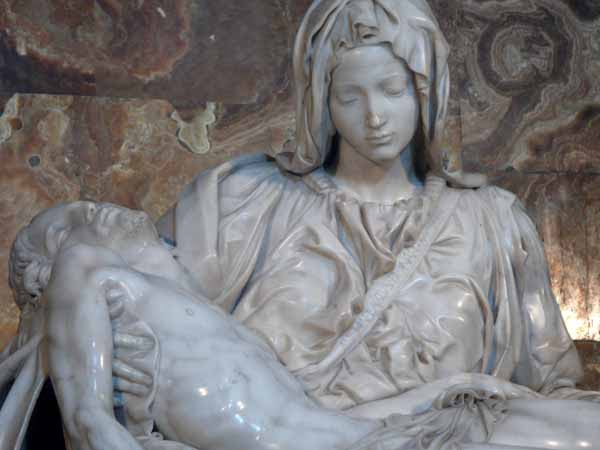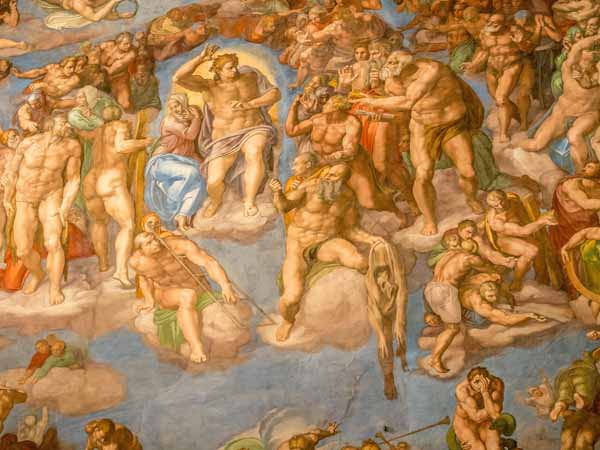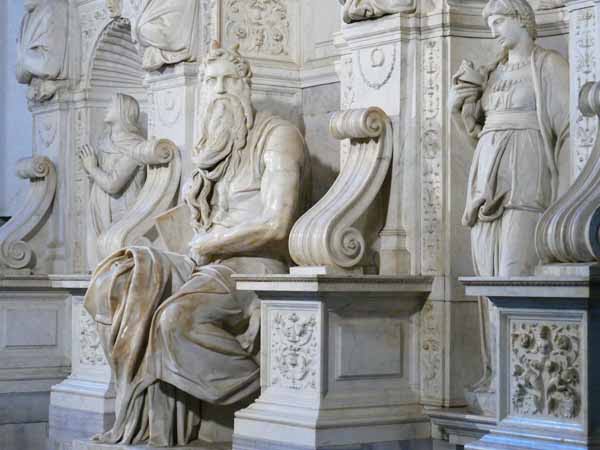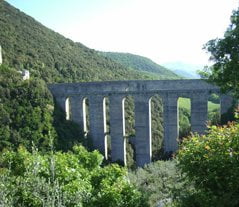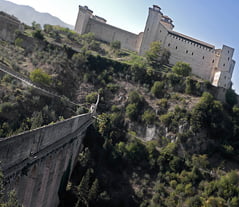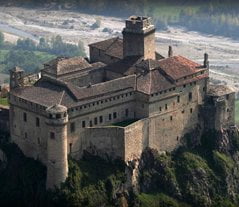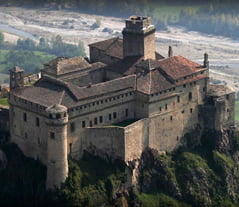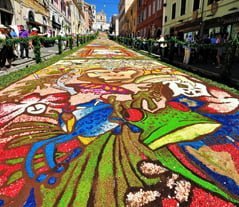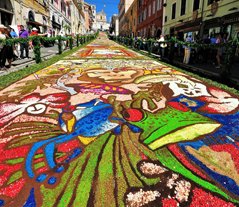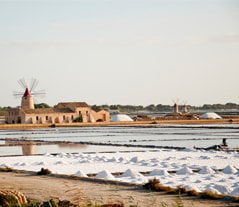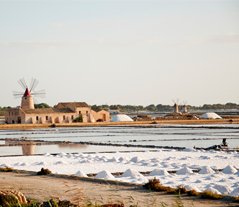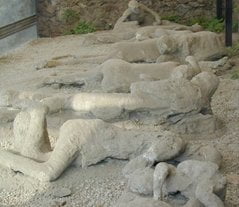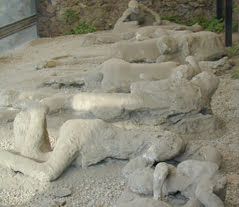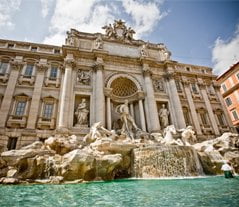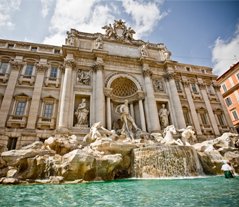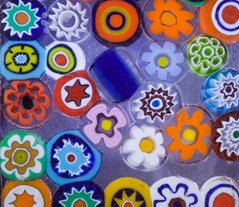Italy has earned an international reputation for being a land of grand architecture and religion, with an estimated sixty thousand plus churches scattered throughout the country. Since religion is such an integral part of Italy’s past, present, and future in terms of architecture and history, touring these basilicas and churches is frequently at the top of the wish list for tourists putting together an Italian vacation of a lifetime. But with thousands of stunning examples of history to visit and only days to a couple of weeks to explore, what are the top churches to see in Italy that are outside the Vatican wall?
There is little dispute that one of the most notable religious icons in Italy is the Vatican. It is a relatively small complex to pack as much historical, artistic, and religious punch as it does. Tourists flock to the Vatican in droves to see sights such as Saint Peter’s Basilica, Saint Peter’s Square, the Sistine Chapel, and more. While the area is certainly worth an Italian guided tour, it is not the only church in Italy.
One of the most charming things about Italian churches is their celebrated architectural and historical differences. Basilicas, cathedrals, and churches here can run the gamut in terms of square footage, design, and history, all of which can play an integral part in deciding which top churches in Italy should make the cut on your trip itinerary.
The Top 5 Churches in Italy
The following churches are often considered to be among the top churches in Italy because of their history, design, or a combination of the two. The Vatican is excluded from this list as it is already a universally known destination for tourists. Some of the churches of Italy listed below may be lesser known but are absolutely worth visiting during your trip.
St. Mark’s Basilica
This basilica’s stunning structure makes it one of the most frequently visited sites in the city of Venice and one of the top churches in Italy. The opulent design of the church is lavish, with grand arched entryways and an extravagantly artistic roof on the exterior, and a marvelous showing of ancient golden Byzantine mosaics on the interior.
Points of Interest for St. Mark’s Basilica:
- The church’s nickname is Church of Gold in honor of the thousands of square feet of Byzantine mosaics it features.
- Breathtaking mosaics are prominent on the exterior and interior of the building, with enough square feet of mosaics to cover an American football field.
- The Narthex of the church is home to gorgeous religious mosaics featuring key Biblical people and events.
- The Pala d’Oro Altarpiece is an elaborate work with gold detailing that depicts Biblical people and events.
- The church’s marble floor is a masterpiece in its own right that is colorfully and intricately patterned.
Basilica Di San Francesco
The Basilica of Saint Francis in Assisi is not as obviously grandiose as that of St. Mark’s, but is a UNESCO World Heritage Site that pays homage to one of Italy’s most celebrated saints. The thirteenth-century structure is located in the region of Umbria on the side of a hill. The exterior of the building is impressive but simple, largely mirroring the work of the saint it is named after. The interior of this Italian church is simply stunning with high arched ceilings, intricate details, and hundreds of colorful frescoes.
Points of Interest:
- The basilica was named and built in honor of Saint Francis of Assisi.
- The lower church features magnificent frescoes depicting Saint Francis’ and Christ’s lives, and historical fifteenth-century choir stalls.
- A thirteenth-century altar and a number of colorful frescoes shine brilliantly in the bright and airy upper church.
- This Italian basilica offers fantastic panoramic views of the lush, green valley below.
Church of Santa Maria Assunta
Amidst the colorful villas and buildings of Positano on the Amalfi Coast, sits the Church of Santa Maria Assunta. The church sits at the base of a hill just yards away from Marina Grande Beach in what is considered the heart of the city. The church’s exterior is largely simple with mostly clean straight lines, except for its iconic dome. This beautiful Italian church’s colorful backdrop of Positano often makes it a wedding destination of choice.
Points of Interest:
- The church’s dome stands out among its surroundings with tiles of blue, green, and yellow that gleam in the sun.
- The interior of the church is rich in gold and white Neoclassical design and an iconic Byzantine artwork of the Virgin Mary.
- The legend of how the Virgin Mary artwork arrived at the church is captivating and is a huge part of its history.
- This Italian church offers tranquil seaside views of the beach and Mediterranean Sea below.
- The Festival for the Assumption of the Virgin Mary takes place annually in August.
Siena Cathedral
This thirteenth century cathedral of Siena dominates this small town, with a largely white and black exterior of hard lines and sharp points and a tall bell tower that features black and white striping. The theme of black and white striping, which has deep religious meaning, is continued in the interior to the columns and archways. This Italian church is unique in that much of the artwork is found on the floor rather than the ceiling.
Points of Interest:
- Almost five dozen marble panels steal the show in the Duomo’s aisles and nave.
- Renowned artists such as Nicola Pisano contributed magnificent sculpture works to the Duomo that can be seen throughout the cathedral.
- Visitors can expect to see vibrant frescoes by the likes of Ventura Salimbeni and paintings such as the Madonna del Voto.
Basilica di Santa Croce
The Basilica di Santa Croce in Lecce is one of the crown jewels of the city. It features highly ornate architecture of sharp lines, columns, statues, circular windows, and hundreds of artistic details quickly draw the eye of visitors. Construction of the basilica began in the sixteenth century but was not completed until the early seventeenth century. The interior of this Italian church features grand decorative columns, chandeliers, and a main center aisle.
Points of Interest:
- Don’t miss the unusual sculptures of griffins, lions, and other symbols on the building’s façade.
- The interior is filled with paintings that colorfully depict key Biblical events and more than a dozen different altars.
- The Baroque style seventeenth century altar designed by Francesco Antonio Zimbalo is widely considered to be one of the best expressions of Baroque sculpture in the area.
To venture outside the Vatican wall and discover some of the other top churches in Italy is to see into the country’s proverbial soul. The challenge for avid history and architecture lovers visiting Italy is not finding churches to visit, but finding time to visit all the churches. If your getaway is limited to only a short time, the above top churches in Italy can be a great starting point. For those who have the luxury of an extended stay, consider visiting at least one church in every destination you visit for a remarkable and unparalleled glimpse into the religious history of Italy.

